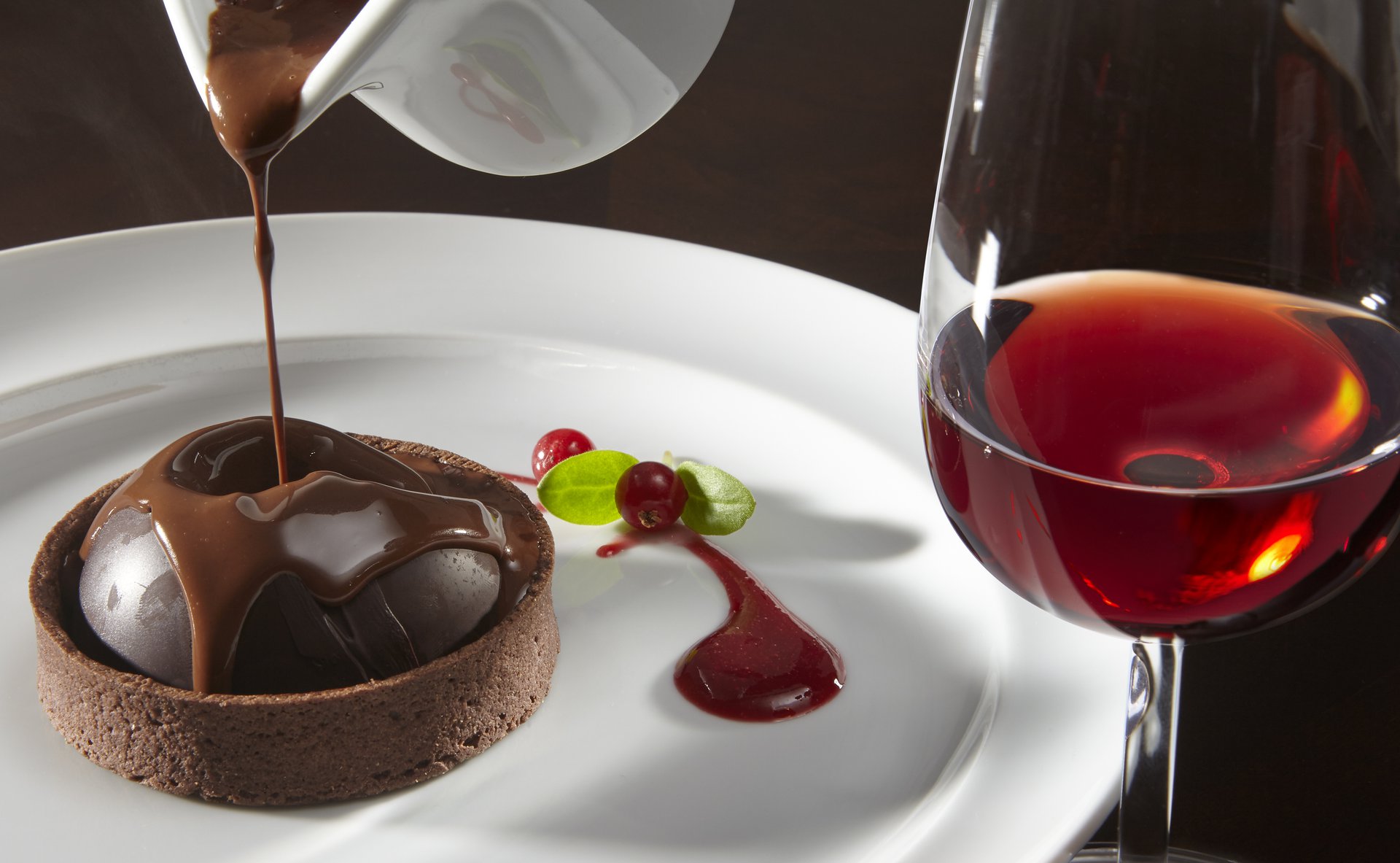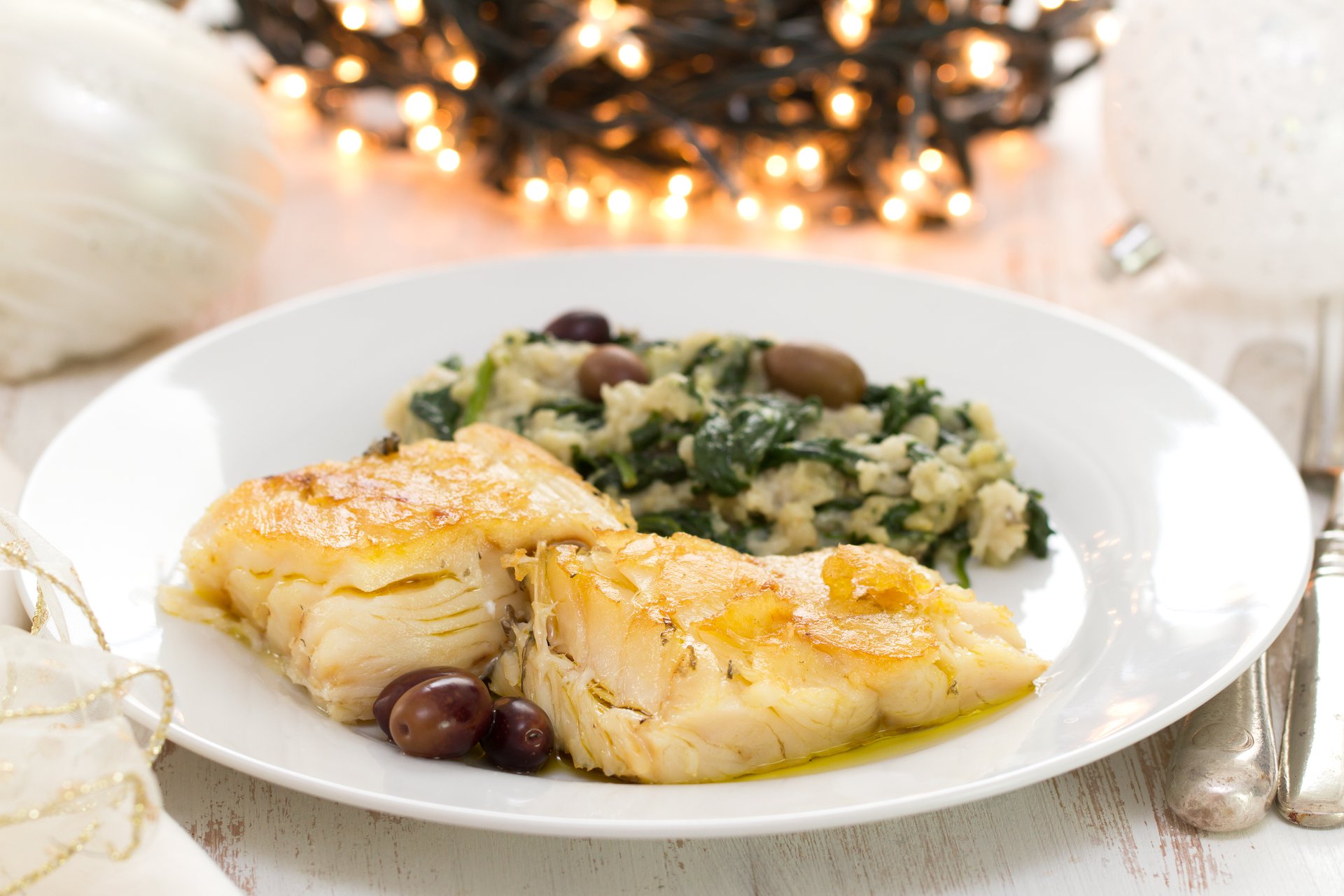Gastronomy and Portuguese Wines
Portugal has so many styles and flavours of wine, in fact some fascinating flavours that you won't find anywhere else in the world. Whatever the occasion, whatever the dish, you no longer need to look for a suitable wine.
How to select the best wine?
Fish
Yes, it is true that white wines are usually the first choice with fish and seafood. But some sauces on white fish can negotiate a marriage with red wine; cooking fish in red wine also solves the problem. Red wine is a local favourite with Portuguese national fish cod, and with octopus or squid in red wine sauce; Red wine, especially Baga / Bairrada, is surprisingly good with fresh tuna. And red Vinho Verde can seriously go well with grilled sardines. But Portuguese whites are the best for salmon and sea trout. And you can try a dry rosé with swordfish.
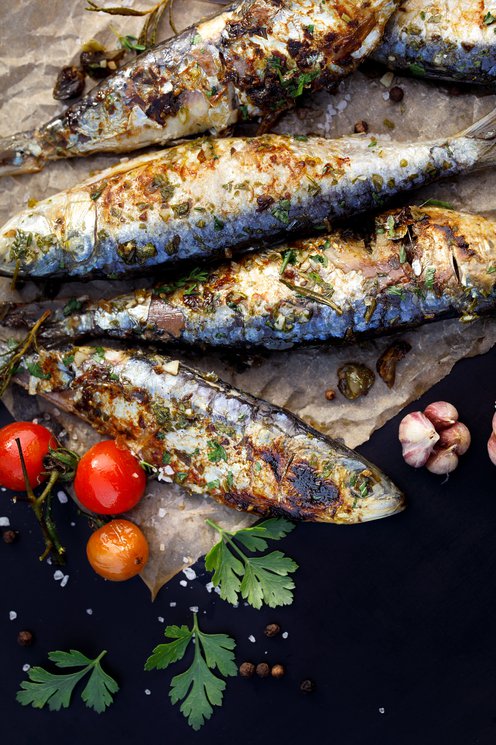
Seafood and Asian spices
Aromatic dry whites can star with seafood and with Asian spices, especially Indian or Thai (but not sweet and savoury Asian dishes). Ginger, lemongrass, citrus zest, onions and peppers as ingredients in a dish are all possible partners for aromatic grapes. Be on the lookout for wines containing the fragrant Fernão Pires grape variety - there are lots in the Lisbon Regional Wine area, and, indeed Maria Gomes, in Bairrada); other aromatic options may be Alvarinho and Loureiro (Vinho Verde), and Moscatel, which is sometimes made dry (Península deSetúbal ).
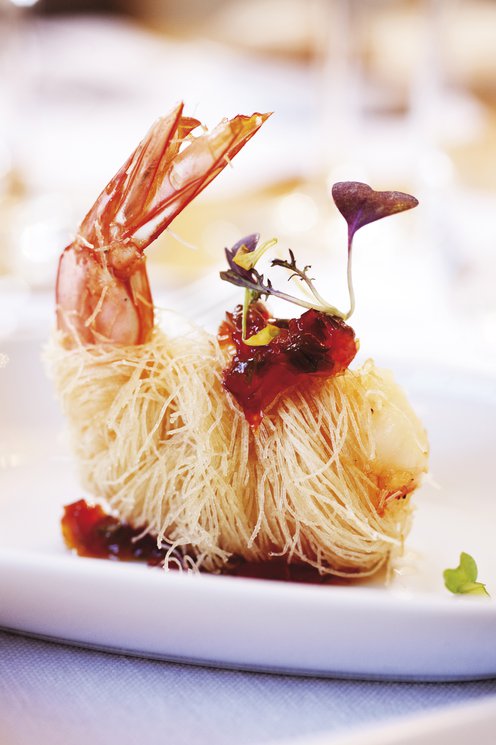
Red Meat and Game Meat
Red wines with a lot of tannin are difficult to match with food. Tannin has that bitter, mouth-watering taste when, for example, you chew a grape seed. Some food ingredients make the tannin taste more bitter: egg yolks, cream, melted cheese, spinach, celery, dill and many spices. Therefore, it is better to choose a white or rosé wine. Fine, expensive reds can be very tannic when young, and all reds taste smoother, less tannic, as they age. More tannic may be the classic Bairrada reds and the great reds of the Douro. These may be best with game, offal, meat stews and other richly seasoned meats.
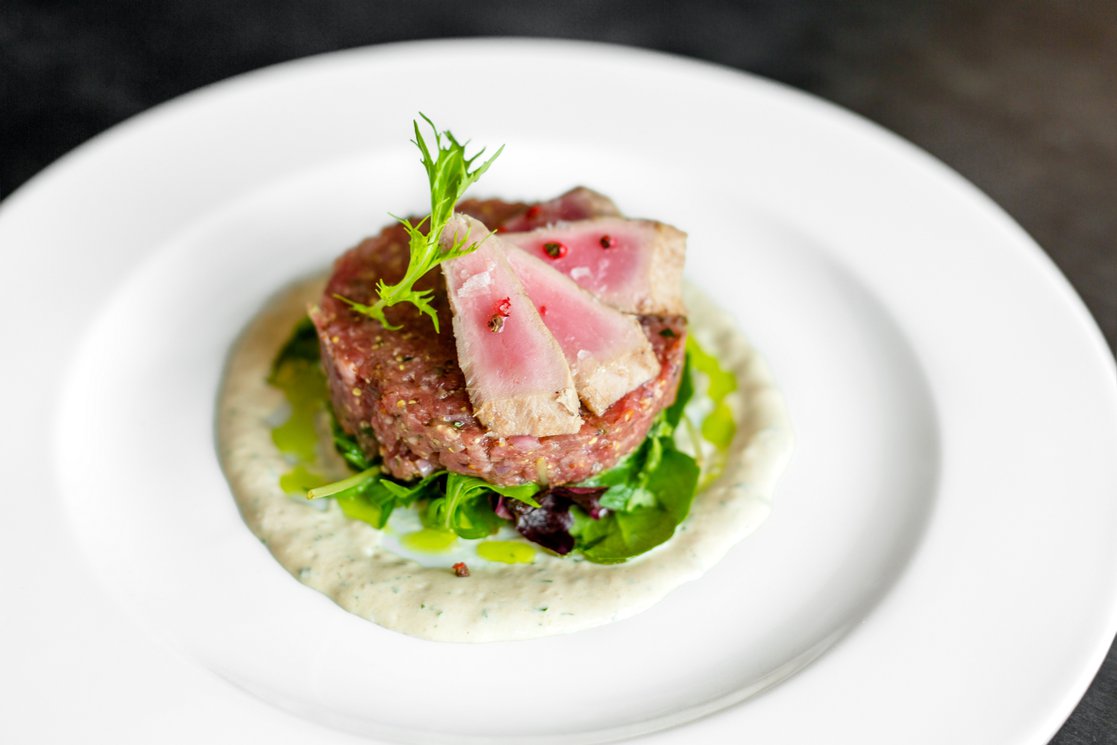
White meat
White meats (if you want to drink red) and simply cooked red meats may be better with softer or lighter reds. Big and/or tannic reds can dominate them. Try a smooth red from the Alentejo, a light and relaxed Ribatejo red, an elegant Palmela, Algarve or Alenquer, a light red from Óbidos, or a good mature red from almost any region. The lively acidity of a Dão red can pleasantly compensate for the fat of some meats. Big, bold reds can overpower delicate food flavours. Powerful food flavours can destroy soft white wines. In the big, bold category are the serious reds from the Douro, Dão, Bairrada and Alentejo. Wines with lots of oak, red or white, can also dominate a subtle dish.
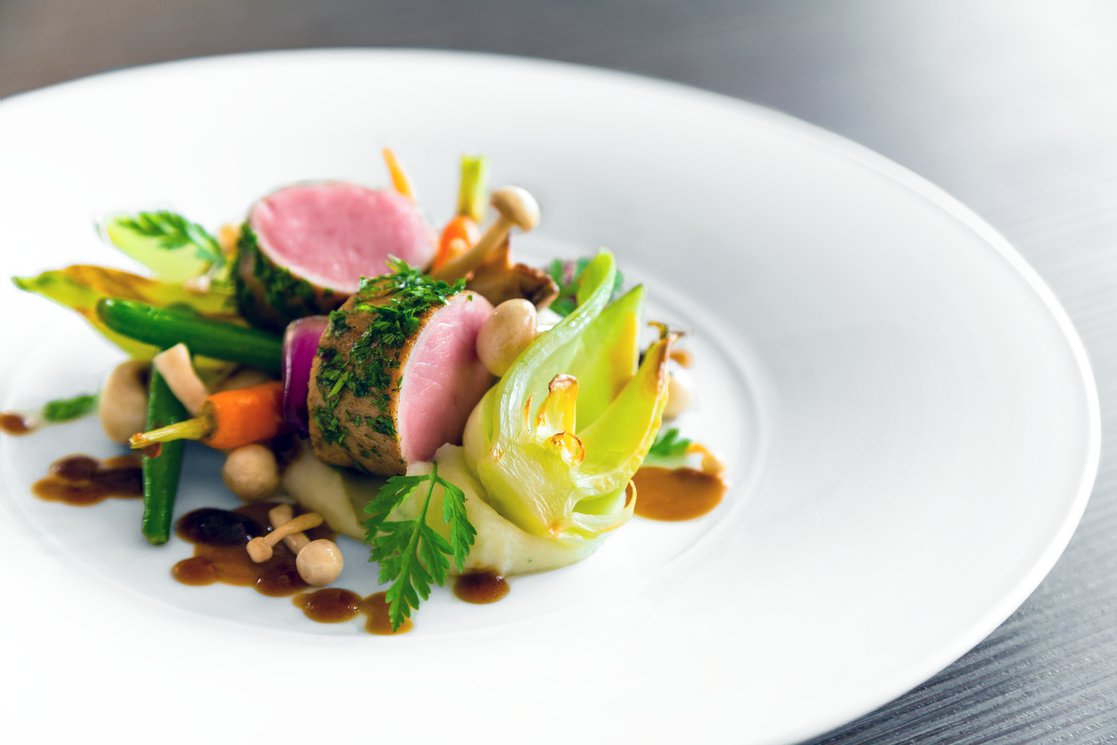
Desserts
Dry wine becomes tasteless and fruitless with desserts. This is the time for a glass of sweet or liqueur wine: sweet Moscatel from Setúbal, or even Port or Madeira. Moscatel goes perfectly with many flavours in desserts, especially almonds, chocolate, coffee or citrus zest. Try LBV Port with coffee cake or chocolate mousse. Malvasia or Malmsey Madeira goes with local honey cake, honey cake, tropical fruits and desserts made with nuts or milk chocolate.
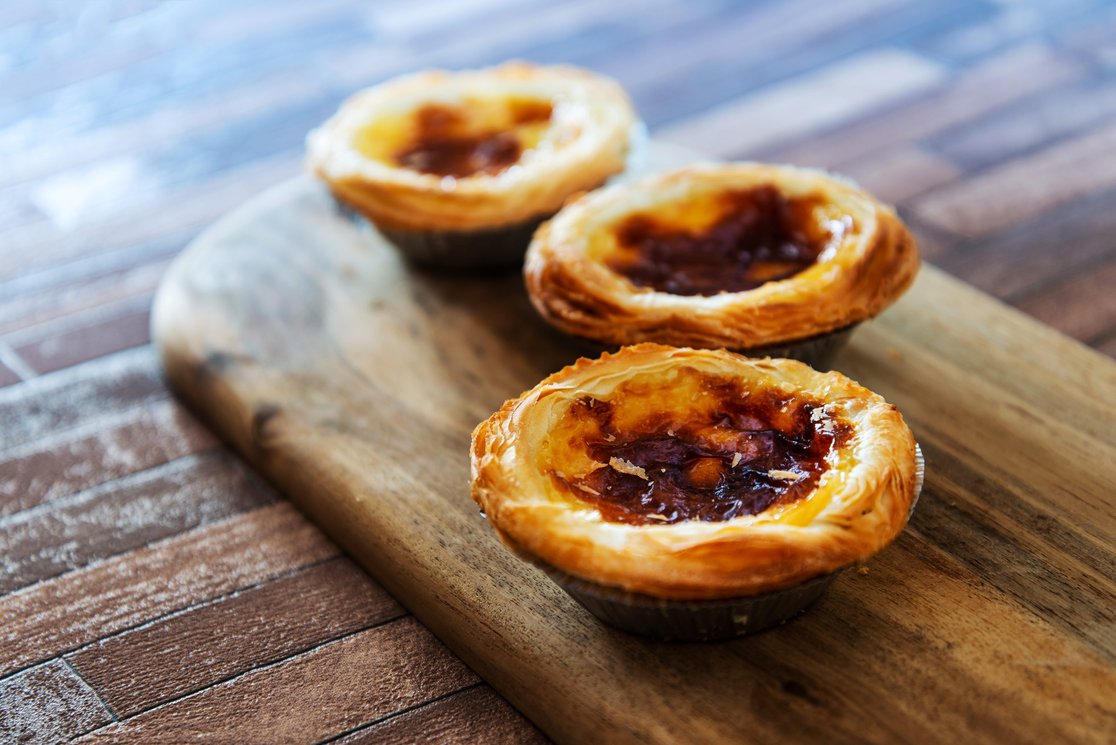
Salty dishes with some sweetness
A savoury dish that contains some mild sweetness (perhaps from vegetables, fruit or a touch of honey) will harmonise best with a wine that has a touch of sweetness - or a fruity flavour so vibrant it almost seems a little sweet. Try a branded Vinho Verde (rather than a dry wine) or a branded rosé. A super smooth, super fruity Alentejo red can also do the trick, even if it's dry.
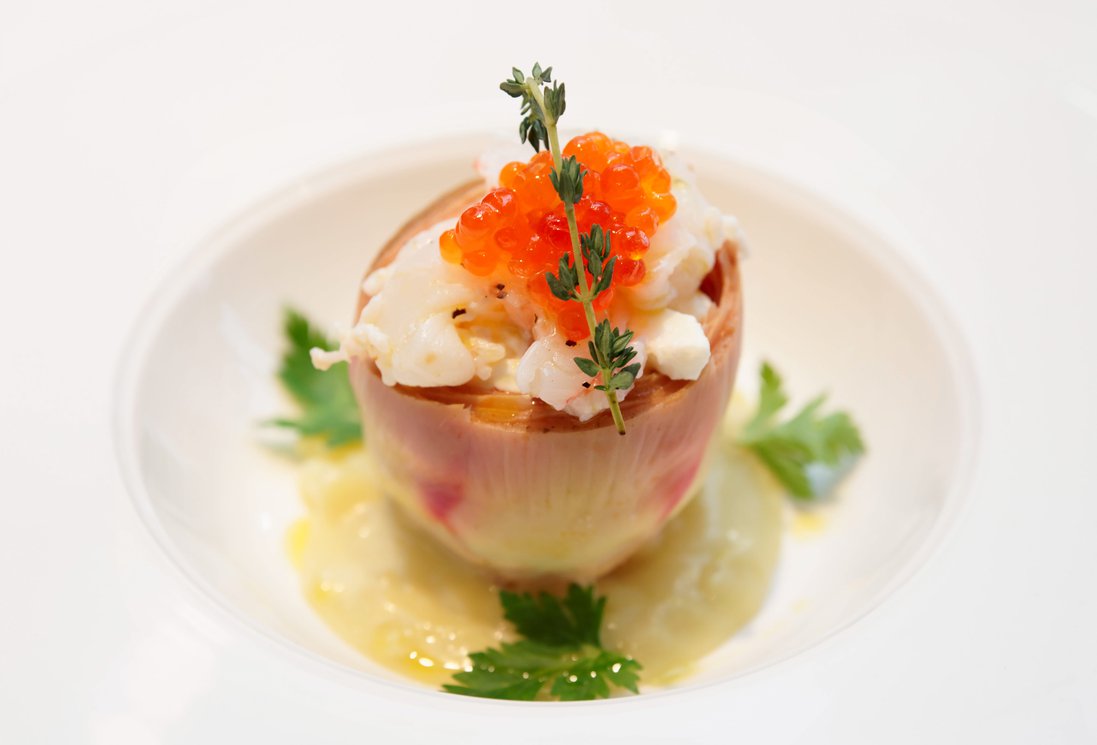
Cheese
Cheeses come in many forms, their flavours extremely different. Many individual cheeses clash with individual wines. But some wine and cheese matches are divine. And the best cheese wines are just as likely to be dry whites or sweet as reds, from Porto or Madeira.
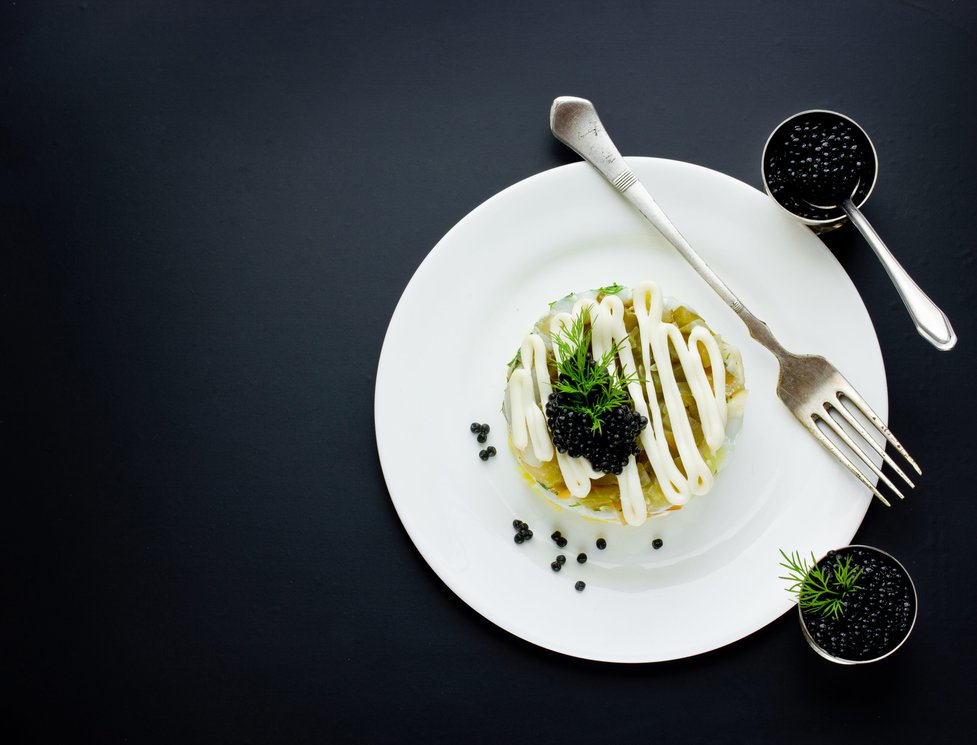
Dishes with high acidity content
Choose a white wine with strong acid and spiciness if the dish is rich in acidity (perhaps due to salad dressing, vinegar, lemon dressing, capers or tomatoes). Milder wines will taste less lively than usual alongside strongly flavoured foods. Try a white from the north, perhaps Vinho Verde, Dão, Bairrada, Beira Interior, Lafões, Terras da Beira, Beira Atlântico, Terras de Cistercian, Terras do Dão or Minho; or, from the fresh and airy Lisbon wine region, Bucelas or Óbidos. Sparkling wines also have high acidity: you can choose one from Óbidos, Bairrada, Távora-Varosa, Douro, Dão, Beira Interior.
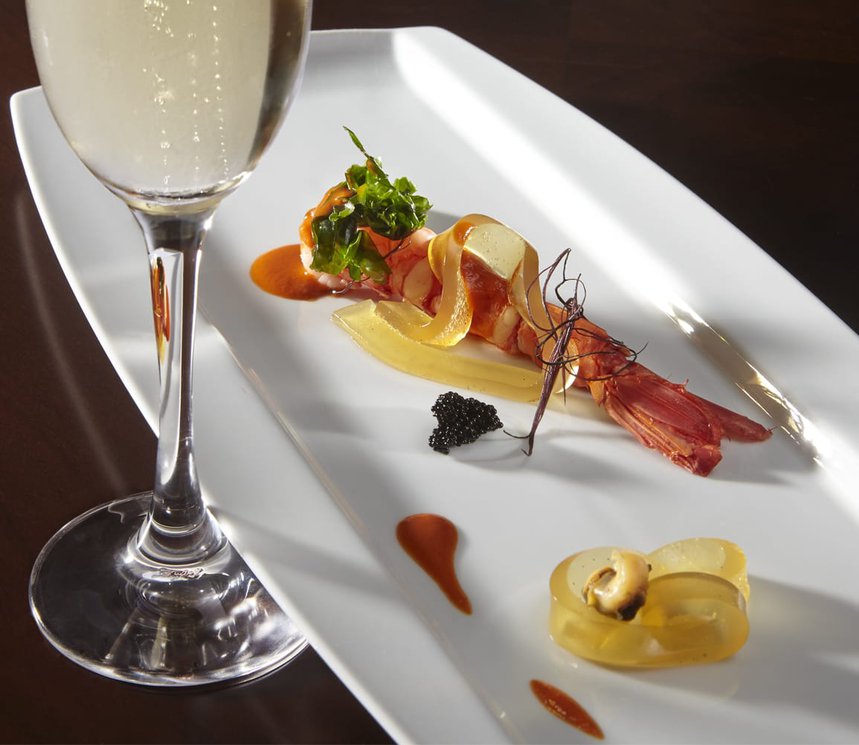
Other suggestions
White Vinho Verde with Thai Roast Duck Curry, Smoked Mackerel, Salads, Hummus
Red Vinho Verde with grilled sardines
Bairrada / Baga with fresh tuna, roasted partridge, chili with meat, soft goat cheese
Aragonez with bean stew or cassoulet, gorgonzola, thyme dishes, lamb, liver, codfish
Dão Red Wine with pork, roast suckling pig, kidneys, ham
Touriga Nacional in oak subtly or not with beef
Setúbal with tiramisu, Christmas pudding, banoffee tart, lemon tart
Bual Madeira with Roquefort, Stilton, Gjetöst
Douro Red Wine with Fresh Goat's Cheese, Old Gouda, Stilton
10 Year Old Tawny Port with Queijo da Serra, Stilton, Walnuts
Ruby or Vintage Port with Queijo da Serra
